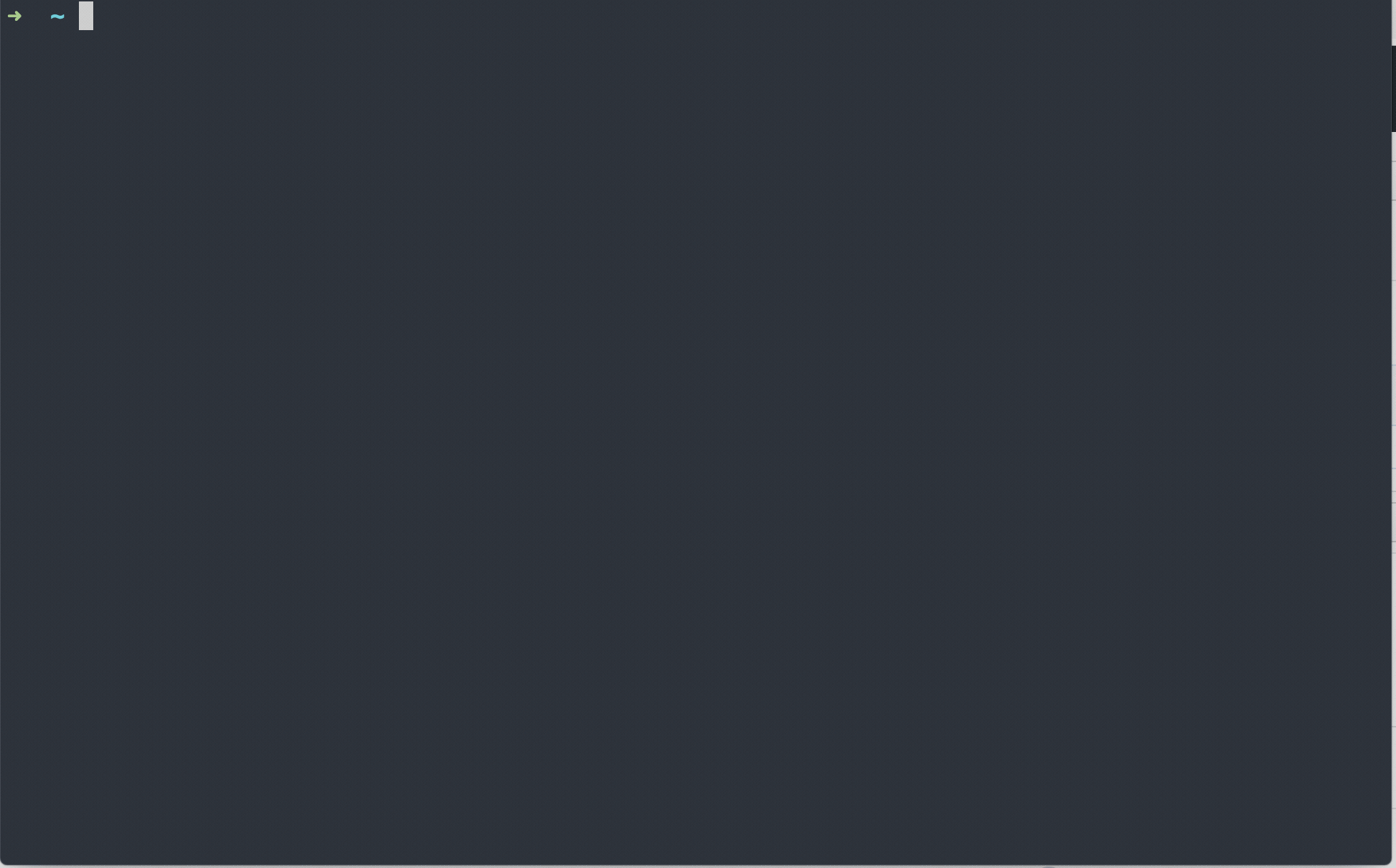kubectl-debug is an out-of-tree solution for troubleshooting running pods, which allows you to run a new container in running pods for debugging purpose. The new container will join the pid, network, user and ipc namespaces of the target container, so you can use arbitrary trouble-shooting tools without pre-installing them in your production container image.
- demo
- quick start
- build from source
- default image and entrypoints
- future works
- implementation details
- contribute
kubectl-debug is pretty simple, give it a try!
Install the debug agent DaemonSet in your cluster, which is responsible for running the "new container":
kubectl apply -f https://raw.githubusercontent.com/aylei/kubectl-debug/master/scripts/agent_daemonset.ymlInstall the kubectl debug plugin:
# Linux
curl -Lo kubectl-debug https://github.com/aylei/kubectl-debug/releases/download/0.0.2/kubectl-debug_0.0.2_linux-amd64
# MacOS
curl -Lo kubectl-debug https://github.com/aylei/kubectl-debug/releases/download/0.0.2/kubectl-debug_0.0.2_macos-amd64
chmod +x ./kubectl-debug
sudo mv kubectl-debug /usr/local/bin/For windows users, download the latest binary from the release page and add it to your PATH.
Try it out!
# kubectl 1.12.0 or higher
kubectl debug POD_NAME
# learn more with
kubectl debug -h
# old versions of kubectl
kubect-debug POD_NAMECompatibility: I've tested
kubectl-debugwith kubectl v1.13.1 and kubernetes v1.9.1. I don't have an environment to test more versions but I suppose thatkubectl-debugis compatible with all versions of kubernetes and kubectl 1.12.0+. Please file an issue if you findkubectl-debugdoes not work.
Clone this repo and:
# make will build plugin binary and debug-agent image
make
# install plugin
mv kubectl-debug /usr/local/bin
# build plugin only
make plugin
# build agent only
make agent-dockerkubectl-debug works fine without any extra configurations, but you can customize the default debug image and commands by configuration files.
kubectl-debug uses nicolaka/netshoot as the default image to run debug container, and use bash as default entrypoint.
You can override the default image and entrypoint with cli flag, or even better, with config file ~/.kube/debug-config:
agent_port: 10027
app_name: debug-agent
image: nicolaka/netshoot:latest
command:
- '/bin/bash'
- '-l'PS: kubectl-debug will always override the entrypoint of the container, which is by design to avoid users running an unwanted service by mistake(of course you can always do this explicitly).
kubectl-debug is supposed to be just a troubleshooting helper, and is going be replaced by the native kubectl debug command when this proposal is implemented and merged in the future kubernetes release. But for now, there is still some works to do to improve kubectl-debug.
- Security.
kubectl-debugruns privileged agent on every node, and client talks to the agent directly. A possible solution is introducing a central apiserver to do RBAC, which integrates to the kube apiserver using aggregation layer - Protocol.
kubectl-debugvendor the SPDY wrapper fromclient-go. SPDY is deprecated now, websockets may be a better choice
kubectl-debug consists of 2 components:
- the kubectl plugin: a cli client of
node agent, serveskubectl debugcommand, - the node agent: responsible for manipulating the "debug container"; node agent will also act as a websockets relay for remote tty
When user run kubectl debug target-pod -c <container-name> /bin/bash:
- The plugin gets the pod info from apiserver and extract the
hostIP, if the target container does not exist or is not currently running, an error is raised. - The plugin sends an HTTP request to the specific node agent running on the
hostIP, which includes a protocol upgrade from HTTP to SPDY. - The agent runs a container in the pod's namespaces (ipc, pid, network, etc) with the STDIN stay open (
-iflag). - The agent checks if the target container is actively running, if not, write an error to client.
- The agent runs a
debug containerwithttyandstdinopened, thedebug containerwill join thepid,network,ipcandusernamespace of the target container. - The agent pipes the connection into the
debug containerusingattach - Debug in the debug container.
- Job is done, user closes the SPDY connection.
- The node agent closes the SPDY connection, then waits for the
debug containerto exit and do the cleanup.
Feel free to open issues and pull requests. Any feedback is highly appreciated!


